Breaking Down the Hidden Costs Behind Those Outrageous Airport Prices
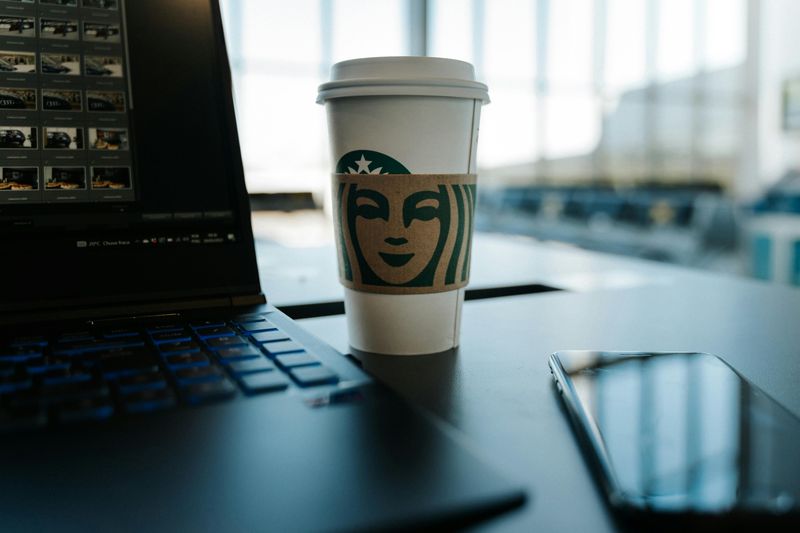
If you’ve ever paid $8 for a bottle of water at an airport and wondered if it was filled with liquid gold, you’re not alone. Airports have a reputation for sky-high prices, and it’s not just your imagination—they really are more expensive than anywhere else. But the reasons go way beyond simple greed.
1. Airport Rent and Concession Fees
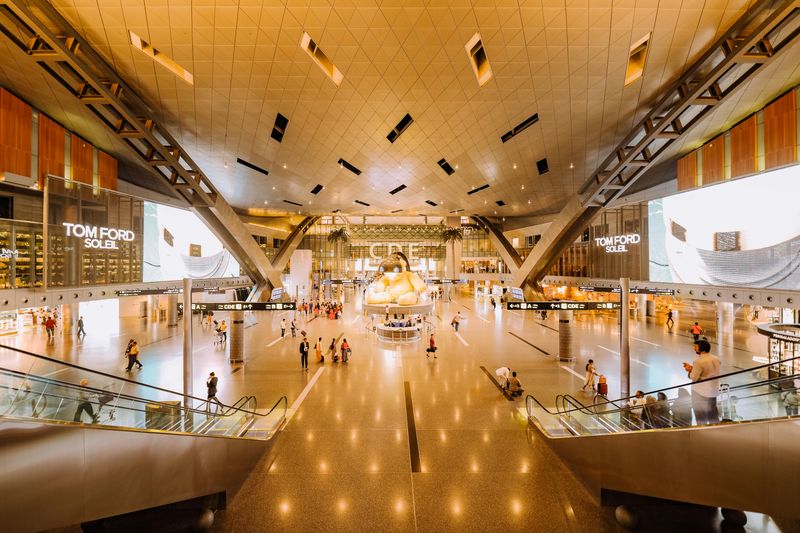
Operating inside an airport isn’t cheap—it’s more like signing a lease in one of the most expensive malls on Earth. Retailers and restaurants pay rent that’s often several times higher than what they’d pay at a regular shopping center.
On top of rent, airports tack on something called “concession fees,” which take a percentage of each sale. That means even when a store is making money, a slice of it automatically goes back to the airport. It’s a constant balancing act for vendors trying to stay profitable.
Naturally, the only way for businesses to survive is to pass those costs on to you, the traveler. So the next time you’re shocked at a $12 smoothie, remember—part of that price tag is helping cover rent in one of the priciest commercial spaces in the world.
2. Security and Staffing Costs
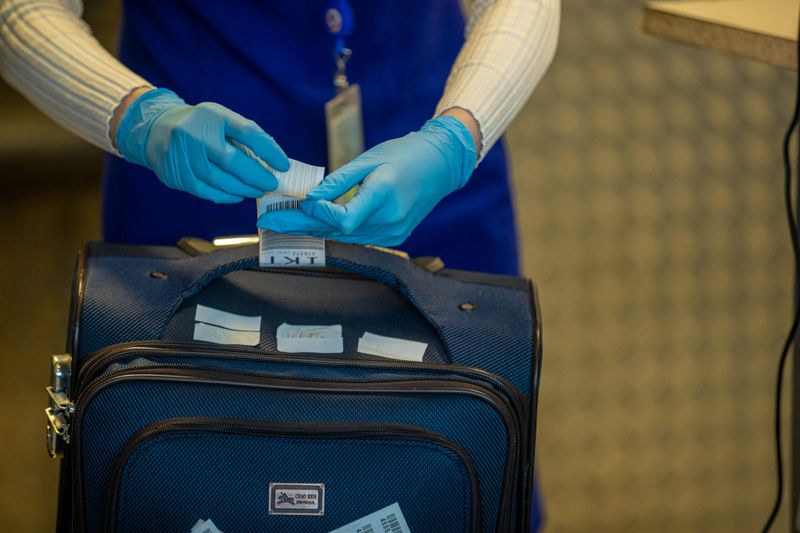
Every employee who works inside an airport must go through extensive background checks, fingerprinting, and security clearance. This process costs both time and money before anyone even starts their first shift.
Businesses also have to budget for special training to meet TSA and airport safety requirements. It’s not like hiring someone to work at your neighborhood café—there are layers of rules to follow, and that compliance adds up fast.
Add in limited access areas and extra security procedures, and staffing becomes a logistical puzzle. With all these added costs, it’s no surprise that your latte comes with a markup—it’s helping cover the price of security just as much as it’s covering the cost of coffee.
3. Captive Audience (Limited Competition)
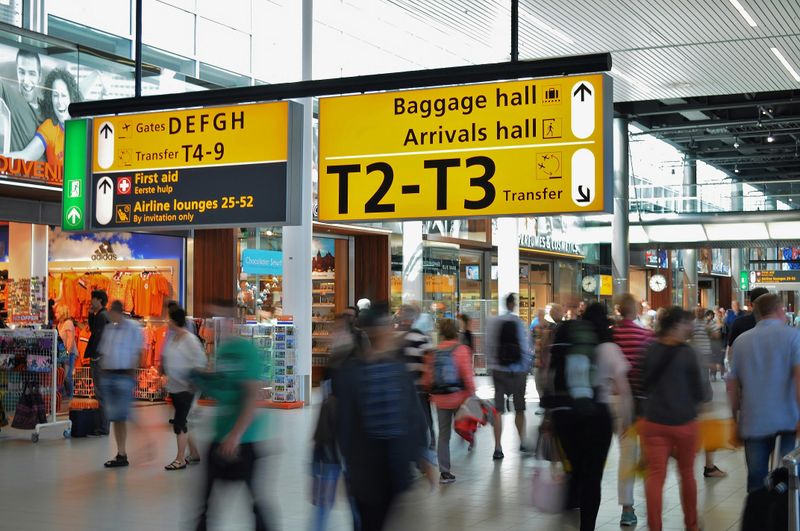
Once you’ve cleared security, you’re trapped in a world with limited options. There’s no leaving to grab a cheaper sandwich down the street. Vendors know this—and they price accordingly.
Because competition is scarce, businesses inside airports have little incentive to keep prices low. Travelers are a captive audience with no real alternative, and that reality drives costs up across the board.
It’s a simple equation: fewer options mean higher prices. When you’re hungry, tired, and about to board, you’re far more likely to spend $10 on a muffin just to make your travel day a bit easier.
4. Logistics and Delivery Challenges
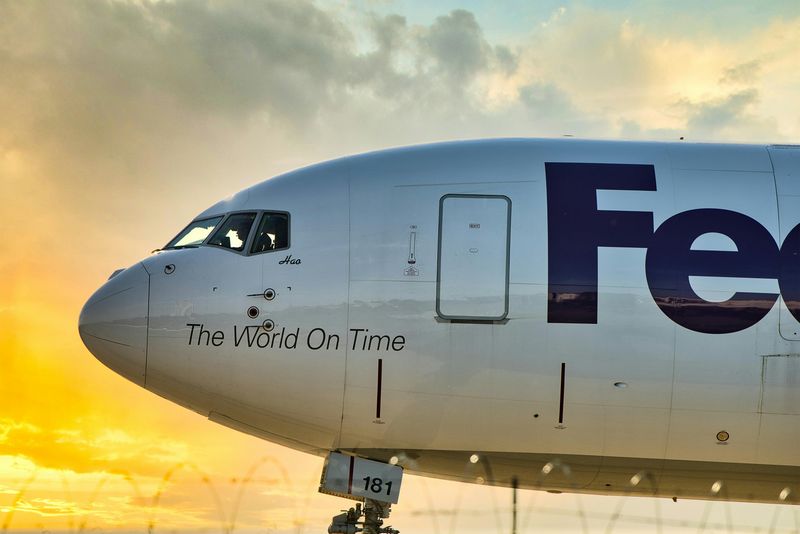
Getting supplies into an airport is a logistical nightmare. Every delivery must go through security, be inspected, and sometimes even escorted—all of which slows things down and adds cost.
Deliveries are often limited to certain hours, sometimes late at night, to avoid disrupting airport operations. That means vendors pay more for overnight staff, special permits, and delivery coordination.
When everything from lettuce to napkins has to go through a security checkpoint, you can bet that each step adds a few more cents to your meal—and it all lands on your receipt in the end.
5. Short Operating Hours and Irregular Demand
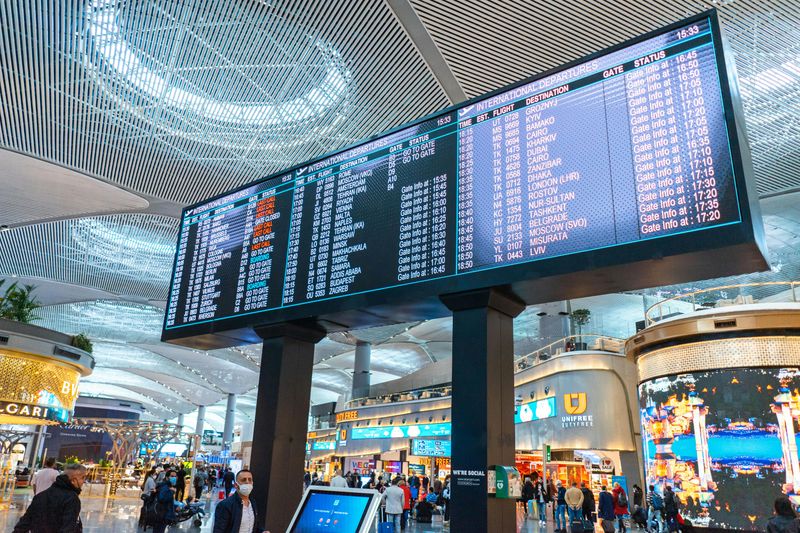
Unlike regular stores, airport shops can’t count on steady foot traffic. Some days are packed with travelers, while others feel like a ghost town.
To survive unpredictable peaks and slow stretches, businesses hike prices to cover expenses during quiet periods. It’s one of the few ways to make the math work in a place where customer flow depends on flight schedules.
And because most employees work early mornings and late nights to match flight times, labor costs soar even higher. Your overpriced snack is helping keep the lights on during those long, empty hours between flights.
6. Airport Regulations and Compliance
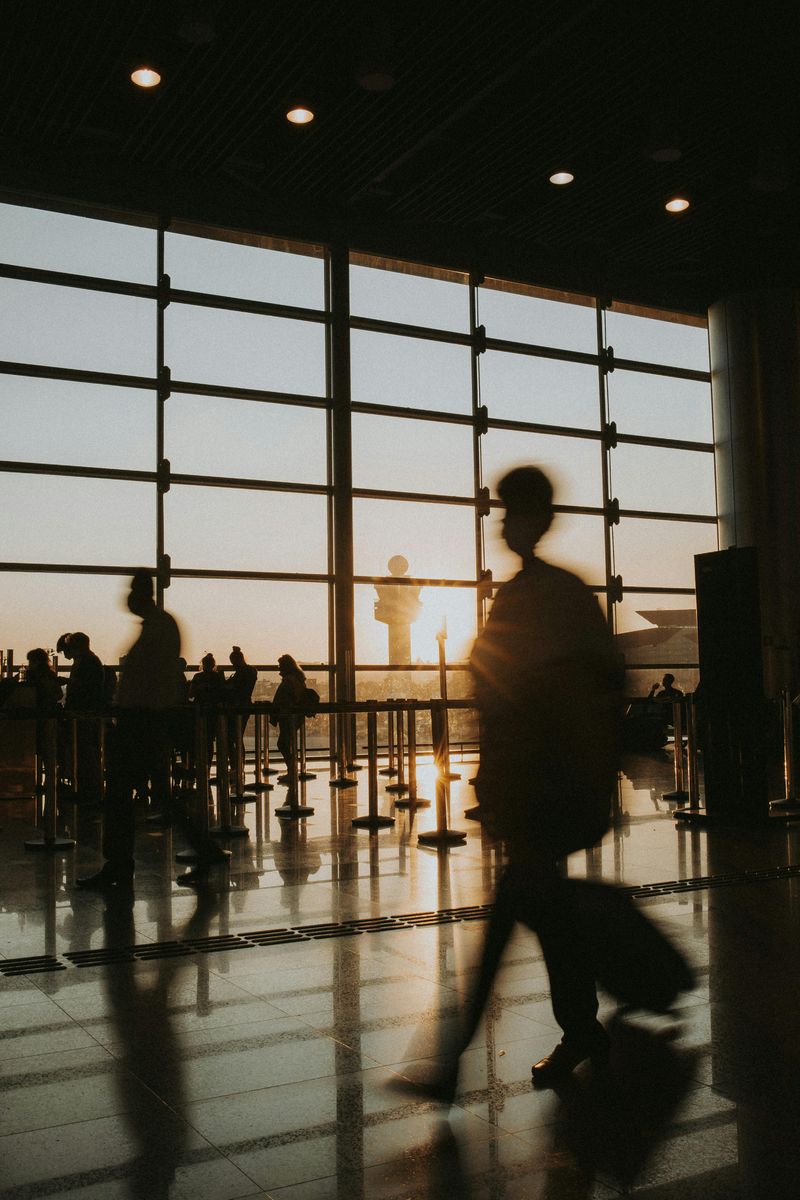
Operating inside an airport means navigating a web of red tape. Businesses must meet strict sanitation, safety, and operational standards that go far beyond what’s required outside.
They’re subject to regular inspections and must constantly update equipment or procedures to stay compliant. Even something as simple as waste disposal is heavily regulated and costs extra.
All these rules exist for good reasons—safety, cleanliness, and efficiency—but they come at a price. And like most things at the airport, that price ultimately lands on the customer.
7. Brand Partnerships and Licensing
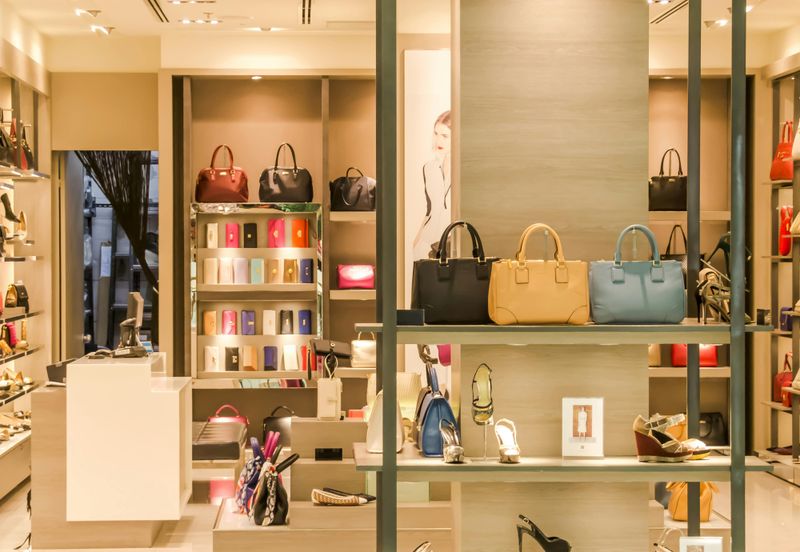
Many of the familiar names you see in airports—Starbucks, McDonald’s, Panda Express—aren’t owned by the companies themselves. They’re franchises run by airport concession operators who pay steep licensing and branding fees.
To keep consistency with their parent brands, these franchises often have to source materials and ingredients from specific suppliers, even if they’re more expensive.
Between franchise fees, brand standards, and airport costs, prices rise faster than a departing flight. That $9 breakfast sandwich isn’t just breakfast—it’s a chain of costs stretching from the brand to the boarding gate.
8. Travelers’ Willingness to Pay
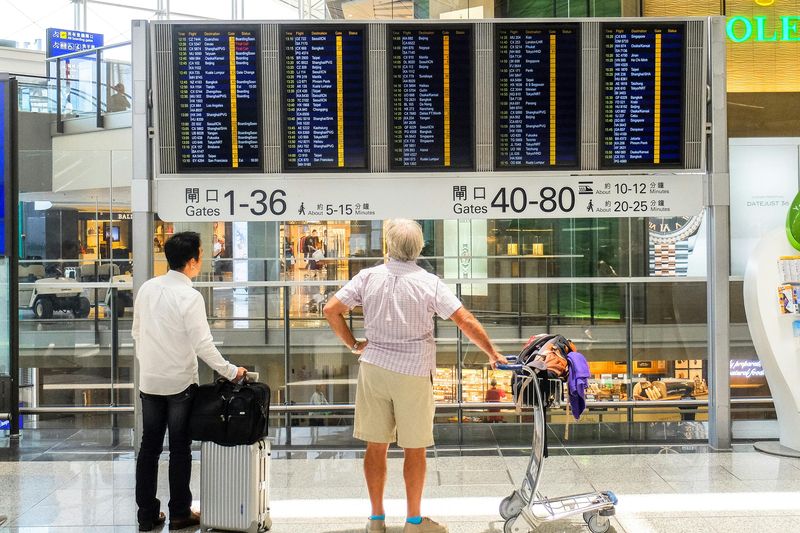
Airports are full of people on the move—stressed, tired, or just ready to start their vacation. That mindset makes travelers far less price-sensitive than usual.
When you’re running on three hours of sleep and haven’t eaten since 5 a.m., a $7 bagel suddenly feels like a small price to pay for convenience. Vendors know this and price accordingly.
It’s not that travelers love overpaying—it’s that convenience and comfort are worth the extra dollars in that moment. In the high-pressure world of travel, the wallet often loses the battle to convenience.
9. Infrastructure and Maintenance Costs
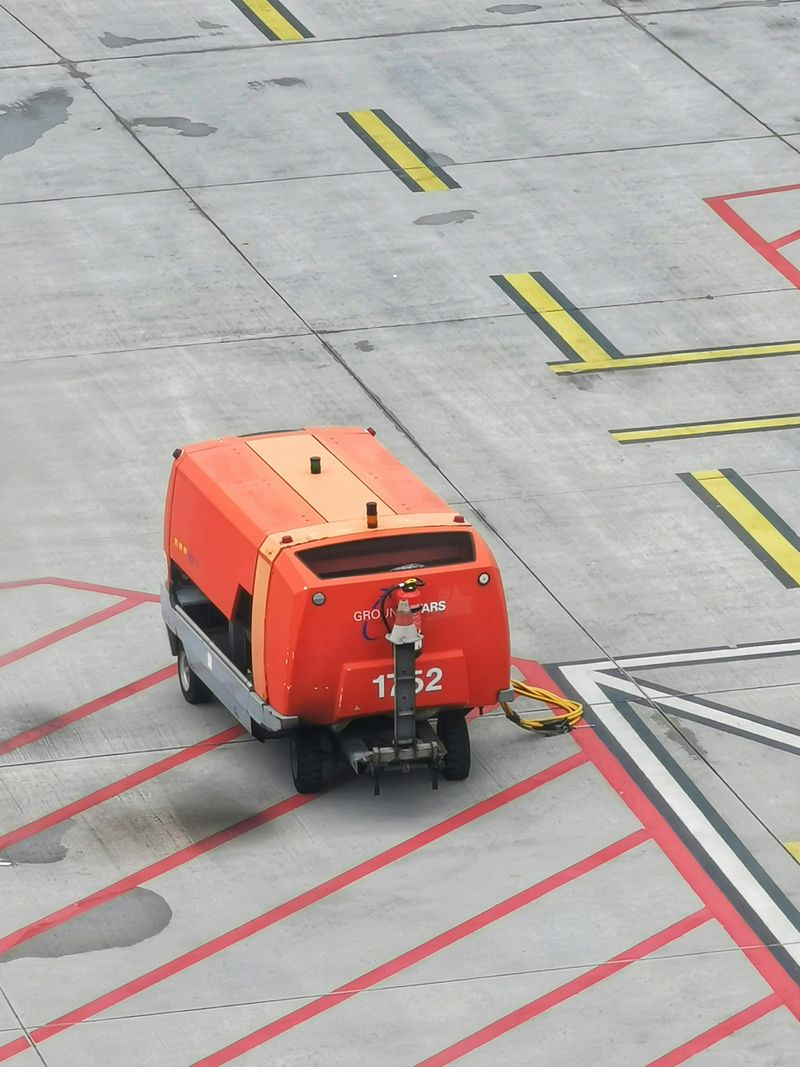
Airports are massive, expensive facilities that never sleep. The cost of cleaning, lighting, heating, cooling, and maintaining them is enormous.
Vendors inside pay a portion of those expenses through rent and service fees. Even the electricity keeping your coffee machine running comes at a premium price.
All those behind-the-scenes costs—from janitorial crews to air conditioning—get baked into what travelers pay at the register. The price of your meal doesn’t just cover food—it helps keep the entire airport humming.
10. Inflation and Supply Chain Pressures
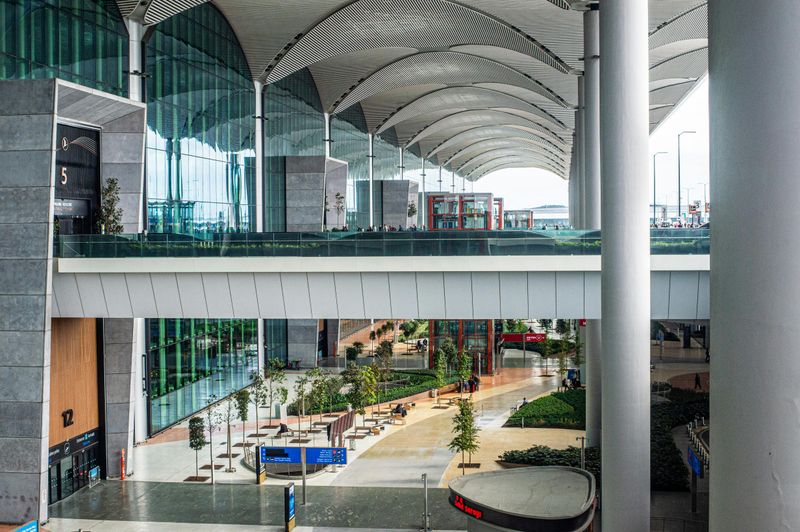
In recent years, inflation and supply chain disruptions have made everything more expensive—from ingredients to packaging to fuel. Airports, with their strict logistics, have been hit especially hard.
Shipping goods to secure zones costs more, and when those costs rise, so does every item on the menu. Even the plastic fork that comes with your salad costs more to stock these days.
It’s a perfect storm of global economics and local inconvenience. So when you’re staring at a $20 breakfast burrito, you’re not just paying for food—you’re paying for a supply chain that’s been stretched to its limit.

Comments
Loading…